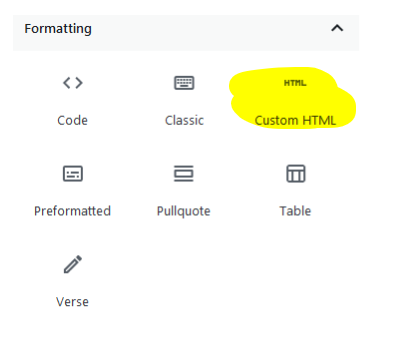How to trigger Woocommerce payment process like checkout but it should process in the background
To trigger Woocommerce payment process, need to call “process_payment” method. Here is an example to process Woocommerce payment programmatically.
global $woocommerce;
$address = array(
'first_name' => 'Test',
'last_name' => 'Test',
'company' => 'Test',
'email' => 'test@softwarehtec.com',
'phone' => '00-00-0000',
'address_1' => '0 test st',
'address_2' => '',
'city' => 'Test',
'state' => 'NY',
'postcode' => '10010',
'country' => 'US'
);
$order = wc_create_order();
$order->add_product( get_product('1'), 1);
$order->set_address( $address, 'billing' );
$order->set_address( $address, 'shipping' );
$order->calculate_totals();
update_post_meta( $order->id, '_payment_method', 'paypal' );
update_post_meta( $order->id, '_payment_method_title', 'PayPal' );
WC()->session->order_awaiting_payment = $order->id;
$available_gateways = WC()->payment_gateways->get_available_payment_gateways();
$result = $available_gateways[ 'paypal' ]->process_payment( $order->id );
if ( $result['result'] == 'success' ) {
$result = apply_filters( 'woocommerce_payment_successful_result', $result, $order->id );
wp_redirect( $result['redirect'] );
exit;
}

